Navigate this website using the arrow icons at the bottom of this screen,
or with your trackpad, scroll wheel, or keyboard's arrow keys.


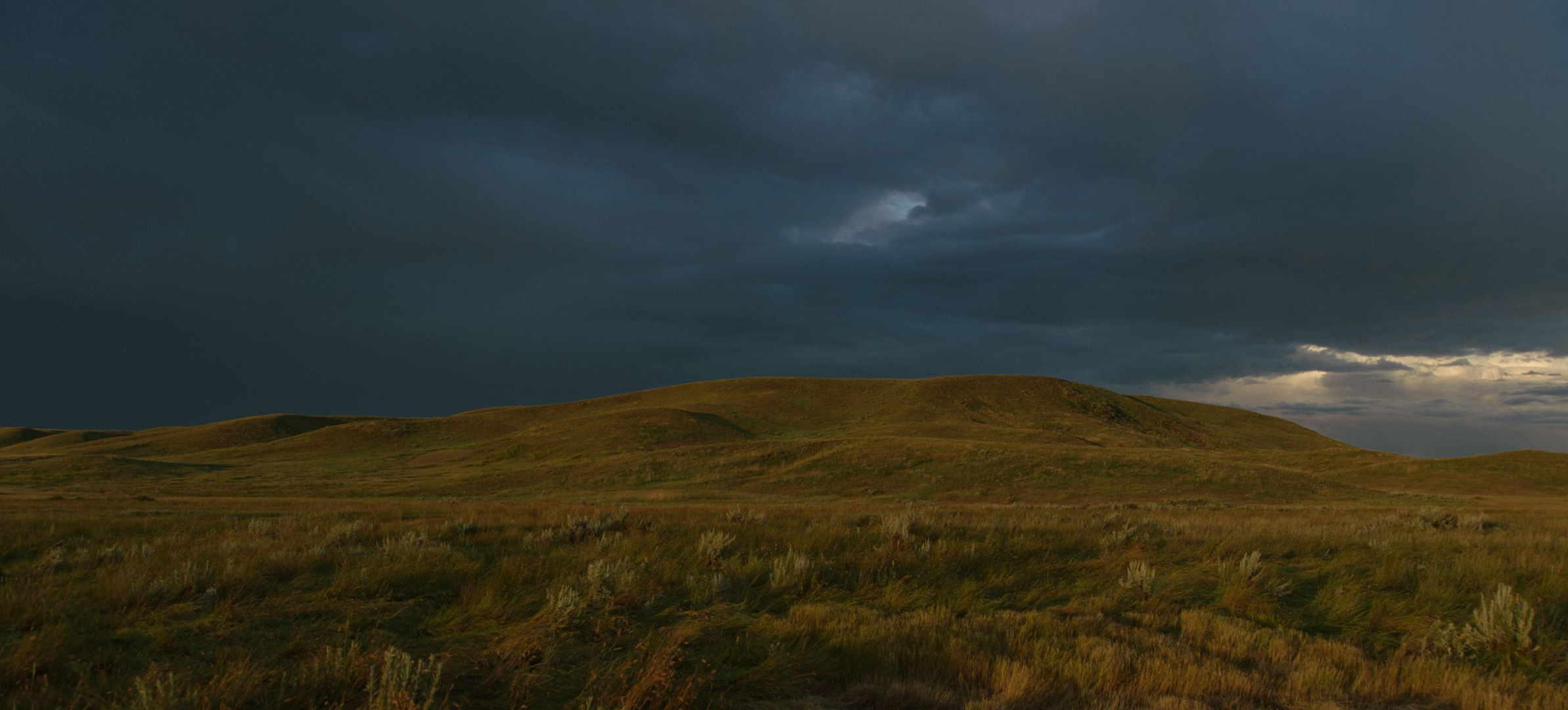
Grasslands National Park is the only national prairie park in Canada.
Until the late 1880s the bison numbered between 30 and 70 million.
Bison were systematically hunted to the brink of extinction
by colonialists including the United States Army.
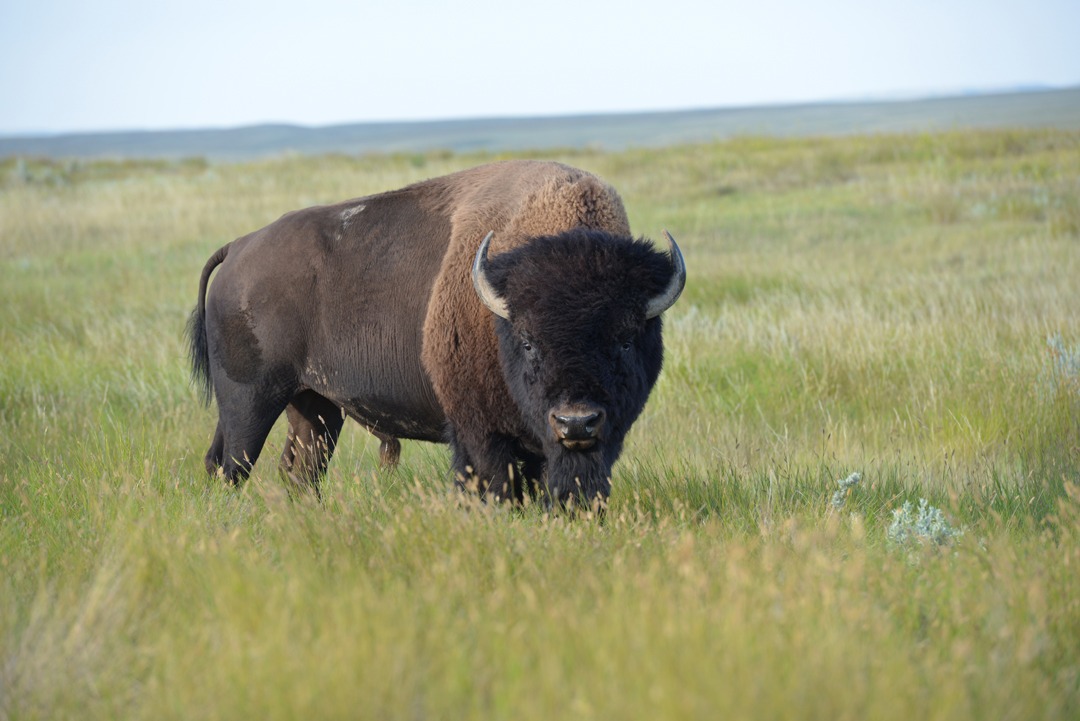
In 2005, Plains Bison were reintroduced to Grasslands National Park.
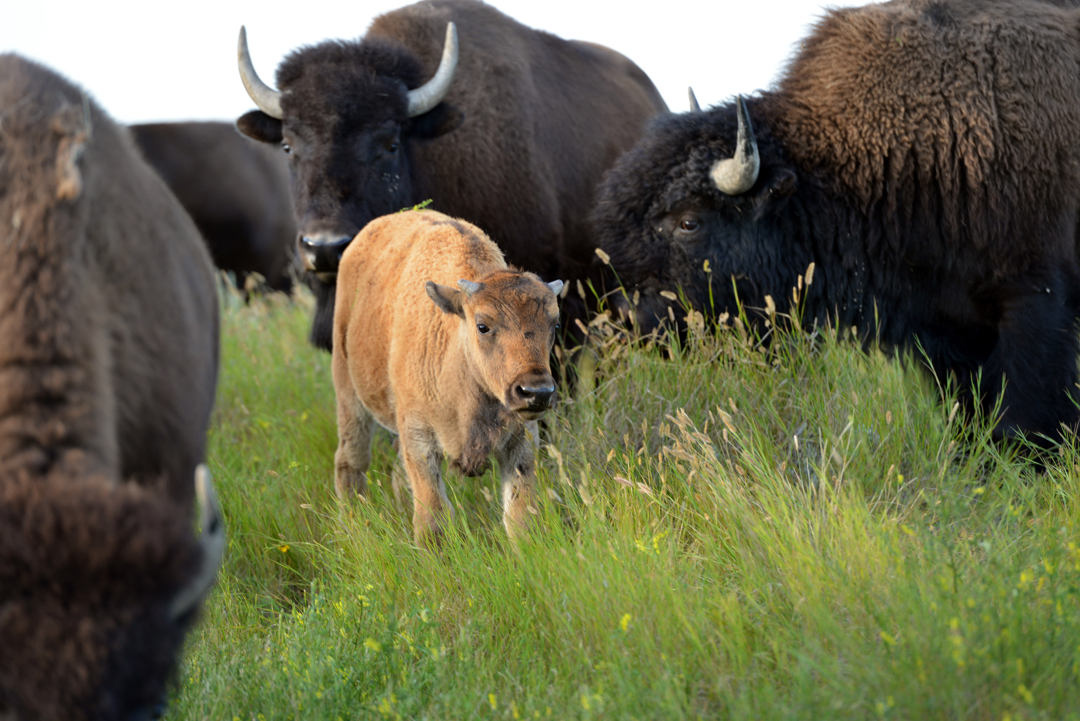
The reintroduced herd of 71 bison included 30 males,
30 females, and 11 yearlings. This initial herd has grown
to 330 adults and 40 calves, according to the April 2013 count.
The bison reintroduced in Canada were from Elk Island
National Park. They are genetically pure, and not crossed
with cattle or wood bison.
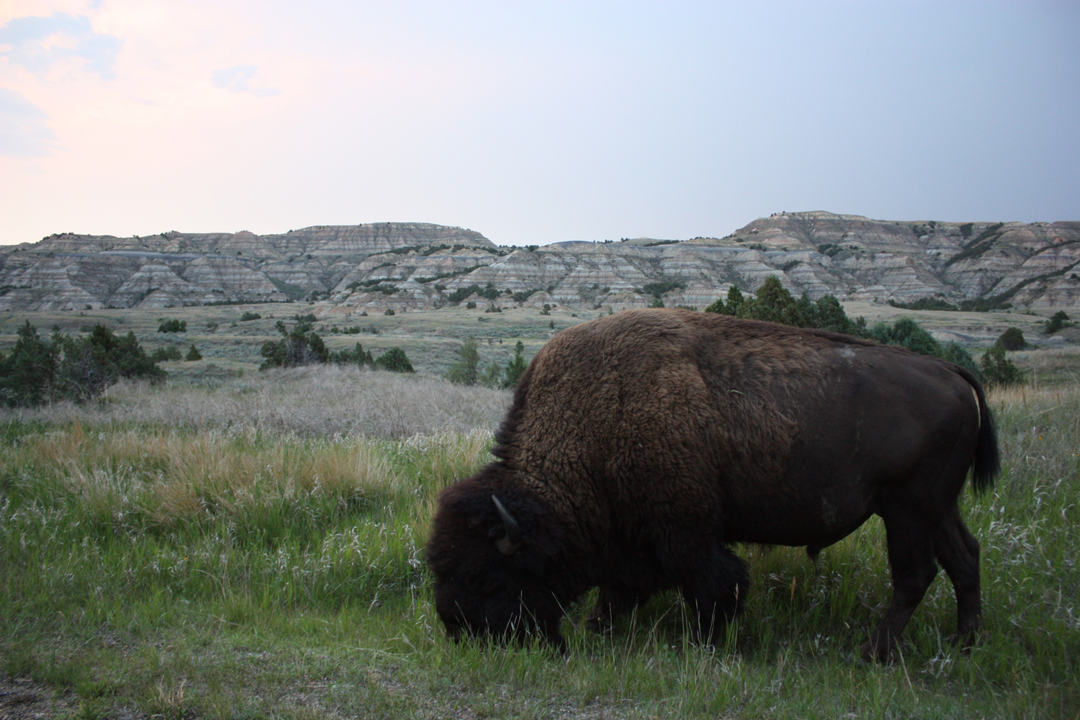
Grazing is crucial to maintaining a healthy Grassland habitat in a natural ecosystem such as Grasslands National Park. Bison are essential to this end.
Bison grazing cuts down the height of the grass, and helps endangered species,
such as Black-tailed Prairie Dog, see (and avoid) its prey.
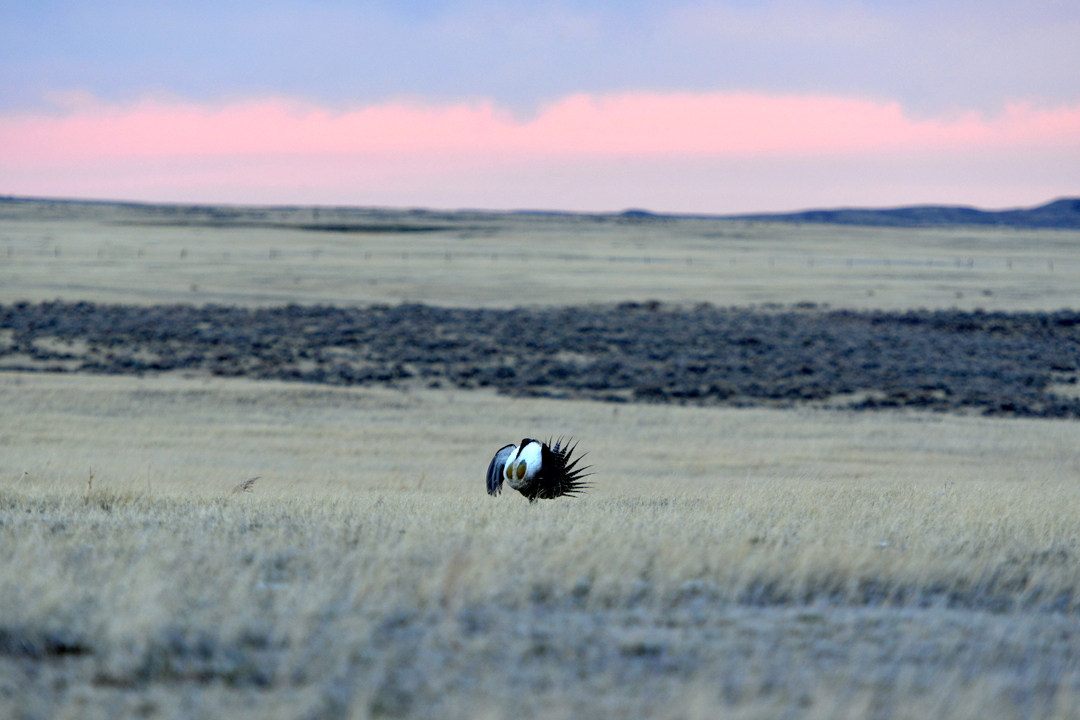
Grasslands National Park (in Canada)
and the American Prairie Reserve (in the US)
are bringing back bison to graze selected areas of prairie.
This grazing will rehabilitate and restore habitat for many plant and
animal species and species at risk, such as the endangered sage grouse.
Male sage grouse have a spectacular mating dance,
where they strut around to impress females, and challenge rival males.
While dancing, the sage grouse emit unusual calling sounds.
This is achieved by rapidly inflating and deflating air sacs in their throats.
The sage grouse dance is imitated by First Nations people in powwow rituals.
The sage grouse is one of Canada's most endangered species,
with fewer than 100 birds known to be in existence.
More than 90% of Canada's sage grouse population disappeared between 1988 and 2006.
Sage grouse habitat once extended across Canada. The birds are now only found
on a few tiny blocks of prairie in Alberta and Saskatchewan.
In Canada, sage grouse habitat continues to be lost to agricultural cropland,
oil and gas production, and livestock grazing. If this trend is not
reversed, it is expected that Canada's sage grouse will disappear
completely in about a decade.
The decline of sage grouse is due to loss and degradation of their natural habitat.
Over the past 25 years, Alberta’s sage grouse habitat has been
reduced from 49,000 square kilometres to around 4,000.
In December 2013, the Canadian federal government issued
an emergency protection order for the sage grouse.
No new industrial developments are allowed in sage grouse habitats.
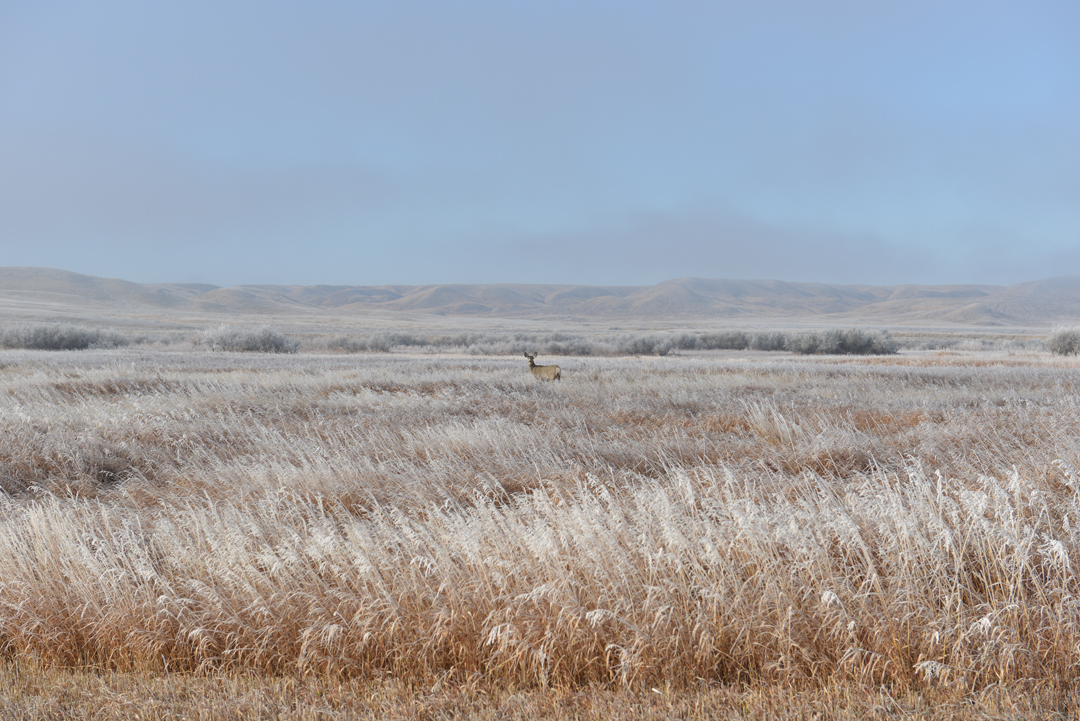
Once stretching for thousands of miles in every direction, the grasslands of the Northern Great Plains, are today fractured, ploughed under, and rapidly dissappearing. With less than 20% of our original native prairie left in existence, the urgency of their preservation has never been greater.